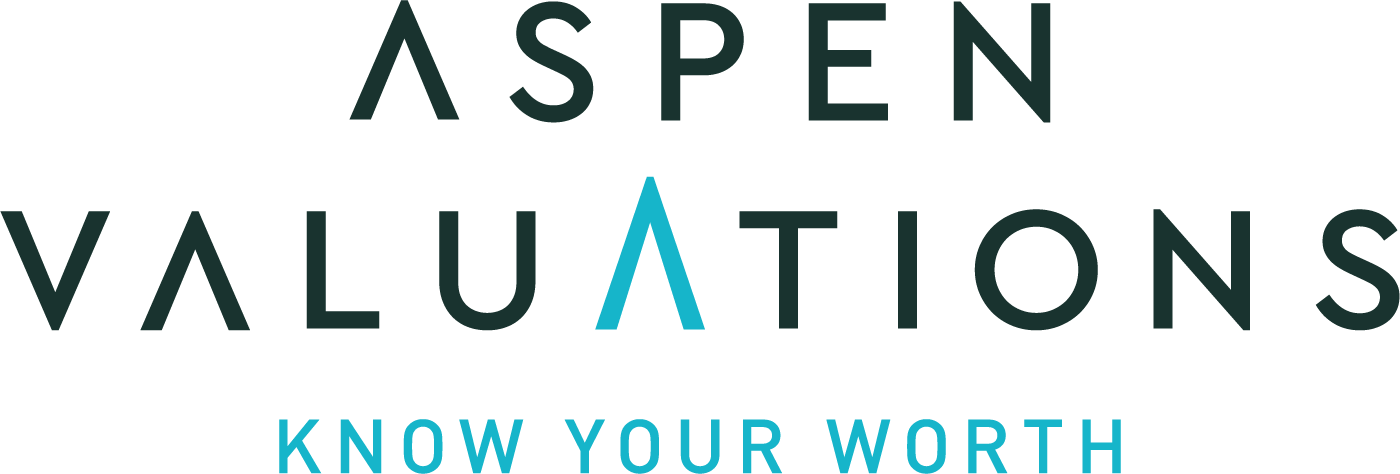The rule of 40: A key metric in valuing SaaS companies
3 min read
In the rapidly evolving world of Software as a Service (SaaS) companies, investors and entrepreneurs seek reliable ways to determine a company’s worth. Among various valuation methodologies, the Rule of 40 has emerged as a powerful metric that combines growth and profitability to provide a balanced assessment of a SaaS company’s performance. In this blog post, we’ll explore the Rule of 40 and how it plays a pivotal role in valuing SaaS companies.
Understanding the Rule of 40:
The Rule of 40 is a simple yet effective metric that helps investors and entrepreneurs gauge the financial health of a SaaS company. According to this rule, a SaaS company is considered to be performing well if the sum of its annual revenue growth rate percentage and EBITDA (earnings before interest, taxes, depreciation, and amortization) margin percentage is equal to or greater than 40%.
In essence, the Rule of 40 strikes a balance between revenue growth and profitability, enabling stakeholders to evaluate a SaaS company’s efficiency and scalability. By combining both growth and profitability factors, the Rule of 40 allows investors to prioritize companies with sustainable growth trajectories.
Applying the Rule of 40:
To apply the Rule of 40 to a SaaS company, follow these steps:
- Calculate the annual revenue growth rate: Divide the current year’s revenue by the previous year’s revenue, subtract 1, and multiply the result by 100 to get the percentage.
- Calculate the EBITDA margin: Divide EBITDA by the total revenue and multiply the result by 100 to get the percentage.
- Add the annual revenue growth rate percentage and the EBITDA margin percentage.
- Compare the sum with the benchmark of 40%.
- If the sum is equal to or greater than 40%, the SaaS company is considered to be performing well and may warrant a higher valuation.

The Significance of the Rule of 40:
The Rule of 40 offers several benefits when it comes to valuing SaaS companies:
- Balanced view: By combining revenue growth and profitability, the Rule of 40 prevents overemphasis on either factor. This balance helps investors make more informed decisions by considering both short-term revenue growth and long-term profitability.
- Benchmark for performance: The Rule of 40 provides a clear benchmark for evaluating the financial health of a SaaS company, making it easier to compare different companies in the market.
- Focus on efficiency: A company that meets or exceeds the Rule of 40 demonstrates efficient operations and an effective business model, which can translate into higher valuations and investment attractiveness.

Limitations of the Rule of 40:
While the Rule of 40 is a valuable metric in SaaS valuation, it’s essential to recognize its limitations:
- Not a one-size-fits-all metric: The Rule of 40 may not be applicable to all SaaS companies, especially those in the early stages of growth or with unique business models.
- Contextual factors: Industry trends, competitive landscape, and company-specific factors can influence the Rule of 40 calculations and may require adjustments to ensure accurate valuation.
The Rule of 40 has emerged as a crucial metric in valuing SaaS companies, providing a balanced perspective on growth and profitability. By considering the Rule of 40 alongside other valuation methodologies, investors and entrepreneurs can gain a comprehensive understanding of a SaaS company’s worth and make informed decisions. However, it’s essential to recognize the limitations of the Rule of 40 and adapt it to the specific context of each company to ensure accurate and reliable valuations. This method can be useful to apply as a secondary valuation approach or a reasonableness check, coupled with the use of the Discounted Cash Flow as the primary valuation approach.
